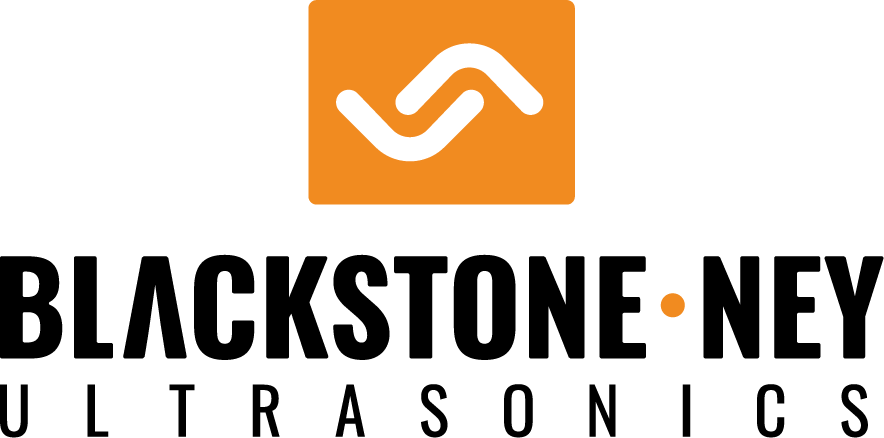What is ultrasonic cleaning and why is it so effective? Understanding ultrasonic cleaning begins with looking at the science behind it. Learn more.
Ultrasonic power has been a topic of much discussion ever since ultrasonic technology was first used for cleaning nearly a century ago. The quest has always been for more ultrasonic power, the thought being that higher power would produce better cleaning results. As I have discussed earlier, higher ultrasonic power typically requires an increase in the amplitude … Continued
Previous blogs have talked about heat conductivity in very general terms to produce a foundation for this somewhat more technical view for those of you who like formulas and numbers. Conductive heat transfer can be expressed with “Fourier’s Law” q = k A dT / s where q = heat transfer (W, J/s, Btu/hr) A … Continued
Filters used to filter air, water and chemicals in industrial processes can cost thousands of dollars and more. Some filters are intended to be renewable by cleaning. Other filters, even some considered “disposable,” can be recovered for re-use using ultrasonic cleaning techniques. A filter, as we discussed in earlier blogs (search “filter”) is a device … Continued
As discussed in a previous blog, one problem with watts is that watts do not equal energy. Let’s carry that thought a little further again using the vehicle analogy I put forth in the initial blog of this series. In the ultrasonic world it is common to associate the effectiveness of an ultrasonic cleaning tank its … Continued
Over the years, there have been several anecdotal references to otherwise unexplained changes in the properties of surfaces exposed to ultrasonic energy in a liquid. In some cases, it would make sense that the change was due to increased cleanliness. In others, however, the benefit of cleanliness alone would seem questionable. One incident in particular … Continued
The vast majority of industrial cleaning processes today use water-based chemistry for cleaning and the cleanest water possible for rinsing. Most water comes from wells or reservoirs and arrives via a municipal utility which may filter it and add chemicals to kill and prevent the growth of bacteria and/or provide certain health benefits. Other than … Continued
Preceding blogs have described a number of mechanical means for measuring temperature based on the expansion and contraction of liquids and solids. Another major classification of temperature sensors are based on electrical phenomenon. Thermocouples – A thermocouple sensor utilizes a junction of two dissimilar metals to measure temperature. The principle is based on the fact that an … Continued
A third classification of automation is a constantly moving or indexing device that conveys parts through the cleaning process. This can either be in the form of a conveyor that suspends parts on hooks or other fixtures that hang from an overhead track or in the form of a conveyor belt on which the parts rest as … Continued

